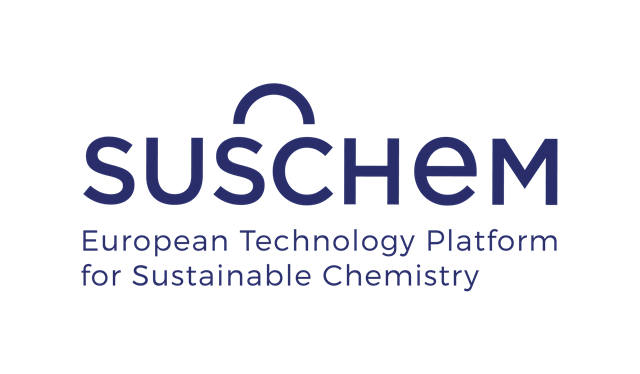Registration is now open and free!
The Cefic-LRI workshop is a must-attend event for the scientific community and an excellent networking opportunity for policymakers. This year’s venue is Le Plaza Hotel Brussels.
On the evening of the first day the LRI programme will present the winner of the LRI Innovative Science Award for 2015 and also catch up with the progress of winner of the 2014 LRI Award winner Dr Alexandra Antunes of the Centro de Química Estrutural, Complexo Interdisciplinar Instituto Superior Técnico in Portugal and her work on Covalent Modification of Histones by Carcinogens: a novel proteomic approach toward the assessment of chemically-induced cancers.
AMBIT tool
The second day will feature plenary sessions on the impact of LRI projects that cover subjects including an integrated modelling tool for ecological risk assessment, a mechanistic bioconcentration model for ionogenic organic compounds in fish, passive sampling formats, exposure modelling platforms and much more.
One of the presentations will feature the project to revise and update the AMBIT tool as a predictive toxicity model based on read-across and category formation. The tool can be used for both research and regulatory purposes and will be released in early 2016 and will be fully loaded and formatted with the non-confidential part of the REACH database. LRI will soon organize hands-on training to familiarize research experts with this new web-based application. Keep an eye on the LRI website for more announcements on this.
Panel discussion
And in the afternoon of Day 2, Prof Ian Kimber of the University of Manchester with moderate a dedicated panel discussion on non-animal-based safety assessment to consider the questions: “Non-animal based safety assessment: within reach or over-sold? Do we need to set back expectations?”
The panel will focus on current and future developments in non-animal toxicity testing methods and address the key issues and challenges to developing non-animal methods in toxicology. It will also examine visionary versus unrealistic regulatory expectations e.g. in view of REACH 2018.
The panel will consist of:
- Dr Karel de Raat, ECHA
- Dr Karen Niven, Shell
- Dr Alan Poole, ECETOC
- Dr Rick Becker, American Chemistry Council
- Dr Raffaella Corvi, JRC/EURL-ECVAM
- Prof Jim Bridges, Univ. Surrey
- Dr Kirsty Reid, Eurogroup for Animals
More information
For more details of the 17th Annual CEFIC-LRI workshop visit the dedicated webpage and download the final programme.
To register for the event, please click here.
You can follow the event on Twitter via the hashtag #lri2015
For more information on the workshop, please contact Dr. Bruno Hubesch, LRI Programme Manager or the LRI Secretariat.
More about LRI
The Long-range Research Initiative (LRI) programme is a major voluntary initiative of the European chemical industry to support the long-term sustainability of its sector and European society. Through the programme we hope to identify the hazards posed by chemicals and improve the methods available for assessing the associated risks.
The LRI sponsors high-quality research of a standard publishable in a reputable peer-reviewed journal, and seeks to provide sound scientific advice on which industry and regulatory bodies can draw-on to respond quickly and accurately to the public's concerns.
LRI research supports the 3R's principle. Read more here: http://cefic-lri.org/lri-research-programme/research-areas/intelligent-testing/ and http://cefic-lri.org/news/cefic-lri-in-joint-cross-sector-workshop-on-alternatives-for-skin-sensitization-testing-and-assessment/.















